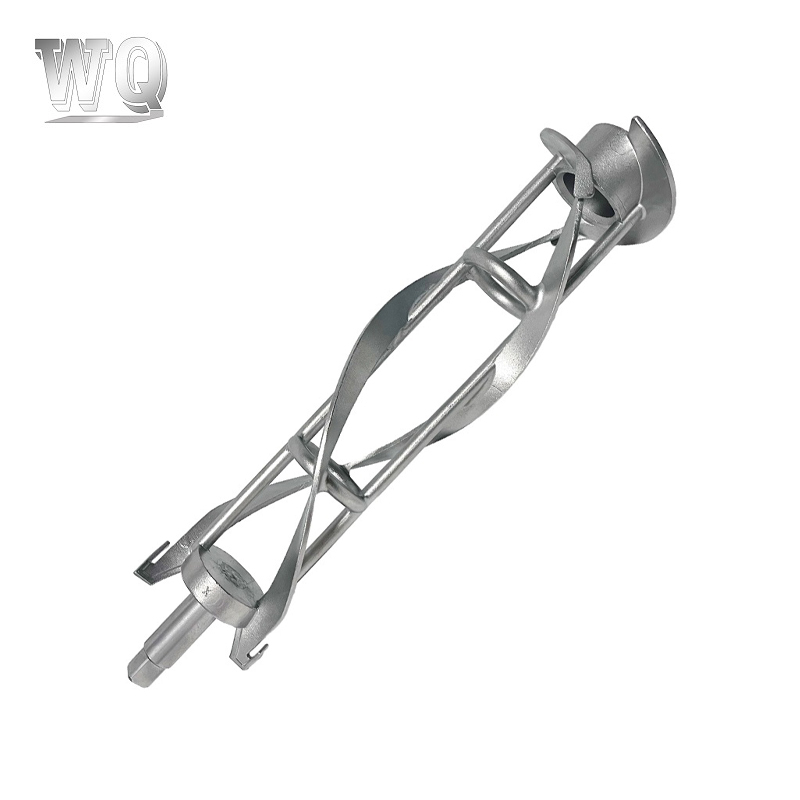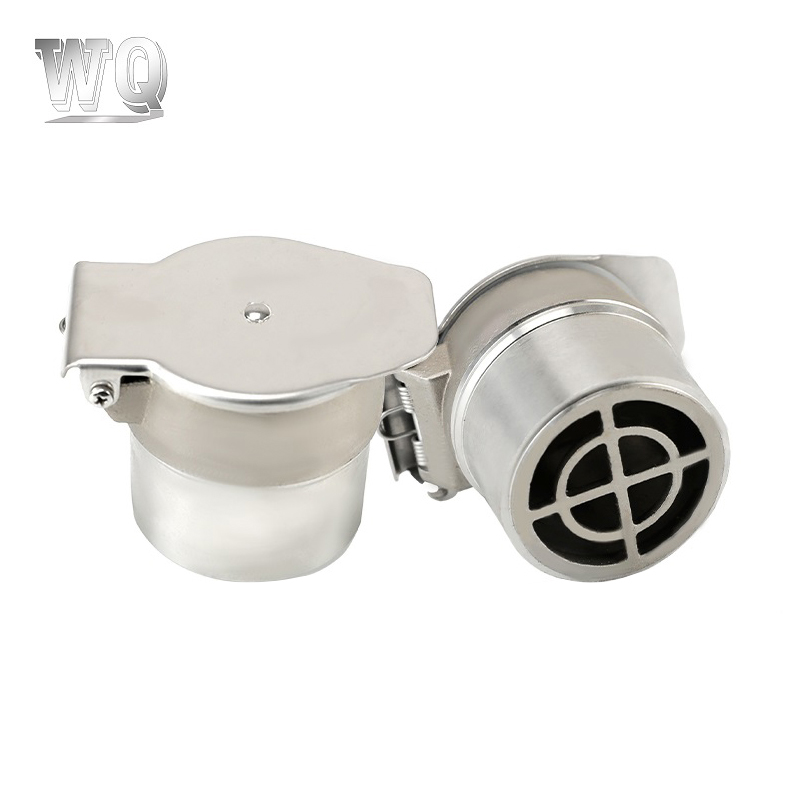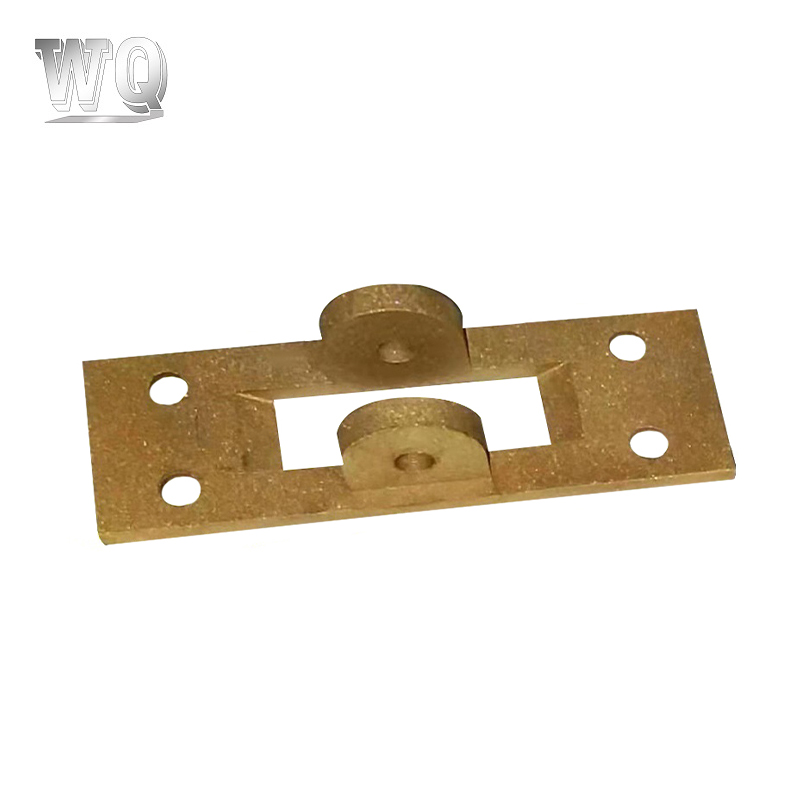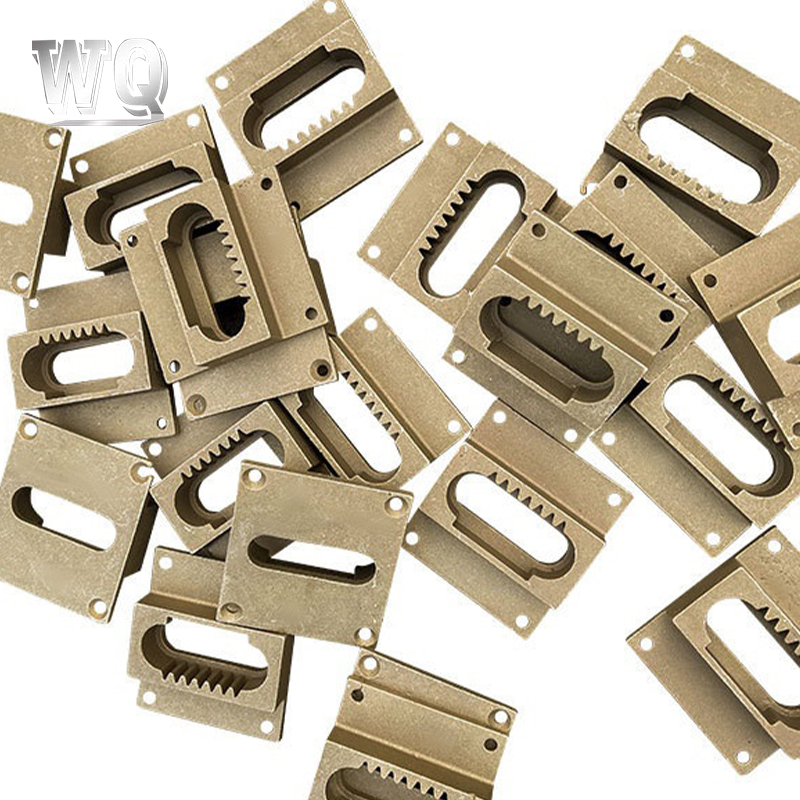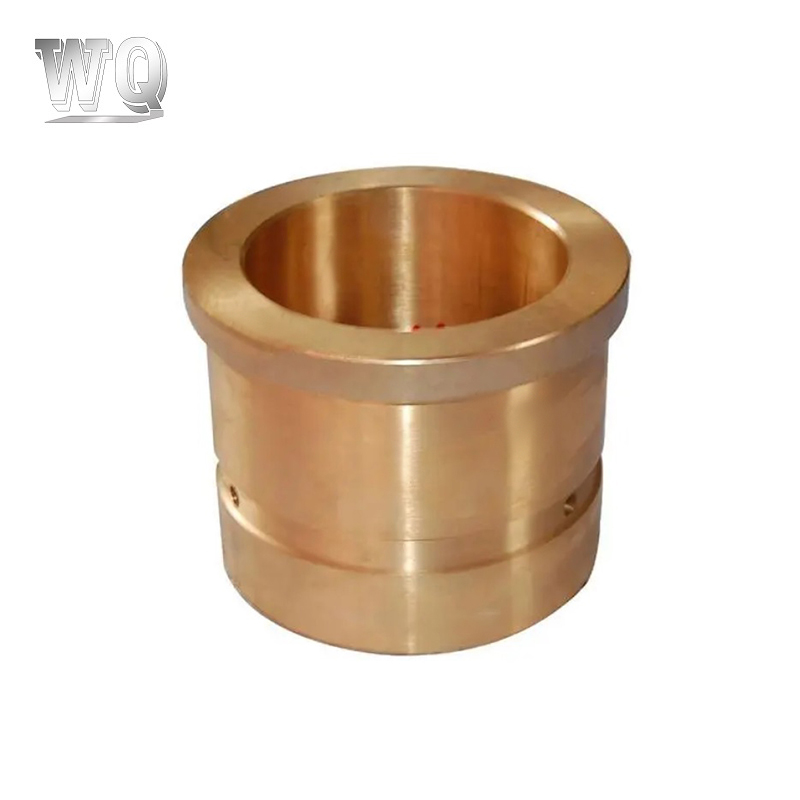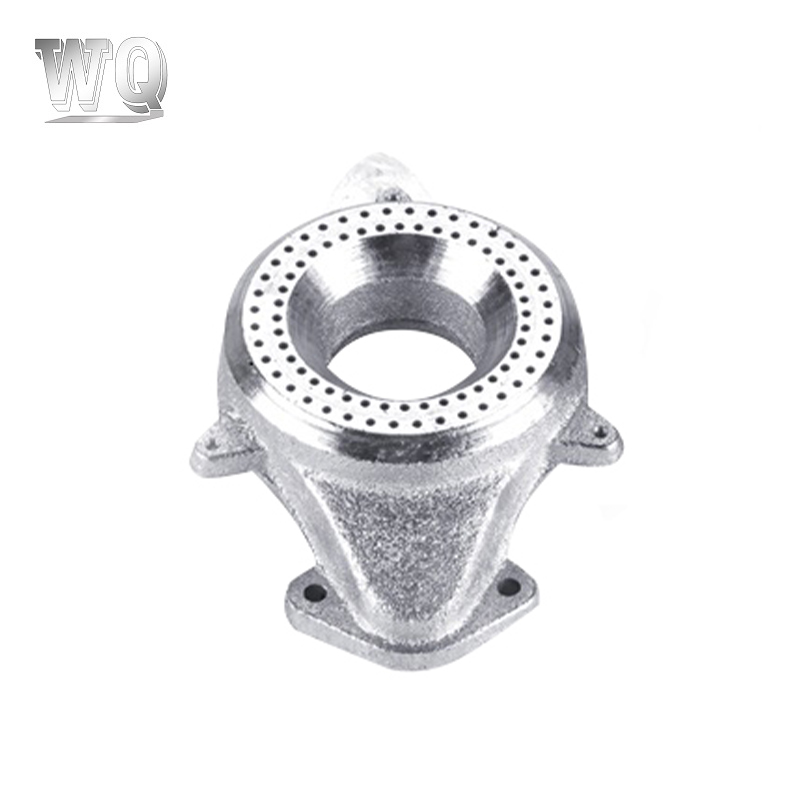Casting is one of the most common manufacturing methods used to produce complex components for industries such as automotive, aerospace, machinery, and construction. Among the widely used materials, aluminum and steel are two popular choices. While both can be cast into precise shapes, there are significant differences in properties, applications, cost, and manufacturing processes. Understanding these differences is crucial for engineers and manufacturers when selecting the right material for a specific application.
1. Material Composition and Properties
Aluminum Casting Parts
Aluminum casting involves melting aluminum or aluminum alloys and pouring them into molds to form components. Key properties include:
Lightweight: Aluminum has a density of approximately 2.7 g/cm³, making it significantly lighter than steel.
Corrosion Resistance: Aluminum naturally forms a protective oxide layer, enhancing resistance to rust and corrosion.
Good Thermal Conductivity: Aluminum efficiently dissipates heat, making it suitable for heatsensitive applications.
Electrical Conductivity: Aluminum conducts electricity better than steel, which can be useful in electrical and electronic components.
Moderate Strength: While aluminum alloys can achieve reasonable strength, they are generally less strong than steel, especially under highstress applications.
Steel Castings
Steel casting involves melting steel or steel alloys and pouring them into molds. Key properties include:
High Strength and Hardness: Steel has higher tensile strength and hardness than aluminum, making it suitable for heavyduty and highload applications.
Durability: Steel castings are more resistant to wear, deformation, and impact under heavy loads.
Moderate Corrosion Resistance: Carbon steel requires coating or surface treatment to resist rust; stainless steel offers better corrosion resistance.
Higher Density: Steel’s density is approximately 7.85 g/cm³, making it much heavier than aluminum, which can be a consideration in weightsensitive designs.
2. Manufacturing Process Differences
Aluminum Casting Process
Aluminum is relatively easy to cast due to its lower melting point (\~660°C) compared to steel. Common aluminum casting methods include:
Die Casting: Highpressure injection of molten aluminum into molds, suitable for highvolume production with excellent surface finish.
Sand Casting: Molten aluminum is poured into sand molds, ideal for large, complex parts in smaller production runs.
Permanent Mold Casting: Uses reusable metal molds for mediumvolume production, offering better dimensional accuracy than sand casting.

Steel Casting Process
Steel has a much higher melting point (\~1370–1510°C), which makes steel casting more energyintensive. Typical steel casting methods include:
Sand Casting: Most common for steel due to its flexibility for large and complex components.
Investment Casting: Produces highly detailed steel components but is more expensive.
Die Casting for Steel: Rarely used due to high melting temperature, but some specialized highpressure methods exist.
Because of the higher melting point, steel casting requires more robust equipment, longer cycle times, and higher energy consumption.
3. Weight Considerations
One of the main differences between aluminum and steel castings is weight:
Aluminum: Lightweight and ideal for applications where weight reduction is critical, such as aerospace, automotive parts, and portable devices.
Steel: Heavy but strong, suitable for structural components, machinery, and applications requiring high loadbearing capacity.
The weight difference can influence design choices, shipping costs, and energy efficiency in enduse applications.
4. Strength and Durability
Aluminum Casting Parts: Moderate strength, often sufficient for mediumload applications. They are more prone to deformation under extreme stress. Surface treatments and alloying can improve strength.
Steel Castings: Superior strength and wear resistance, capable of withstanding high loads, impact, and harsh environments. Ideal for industrial machinery, heavy vehicles, and structural components.
5. Corrosion Resistance
Aluminum naturally resists corrosion due to its oxide layer, making it suitable for outdoor or humid environments without additional coating. Steel requires treatment—such as galvanizing, painting, or using stainless steel—to resist corrosion effectively. In applications exposed to moisture or chemicals, aluminum can have a clear advantage unless stainless steel is used.
6. Cost Considerations
Aluminum Castings: Generally lower material cost than steel for lightweight parts, but specialized alloys or highprecision die casting can increase price. Energy consumption is lower due to the lower melting point.
Steel Castings: Higher energy consumption for melting, and more robust equipment is required. Raw material cost varies depending on the steel grade, with stainless steel being more expensive.
Ultimately, the choice depends on balancing strength, weight, corrosion resistance, and production costs.
7. Typical Applications
Aluminum Casting Parts
Automotive engine components, transmission cases, and body parts
Aerospace components for aircraft and drones
Heat sinks, housings, and electronics components
Lightweight machinery parts
Steel Castings
Heavy machinery components (gearboxes, frames, shafts)
Structural components in construction
Industrial valves, pumps, and press parts
Highload automotive and railway parts
Aluminum casting parts and steel castings serve different needs in manufacturing. Aluminum offers lightweight, corrosionresistant, and thermally conductive parts suitable for aerospace, automotive, and electronics applications. Steel castings provide higher strength, wear resistance, and loadbearing capacity, making them ideal for heavy machinery, structural applications, and highstress environments.
Choosing between aluminum and steel castings requires careful consideration of weight, strength, corrosion resistance, production method, and cost. In many modern applications, designers often combine both materials strategically to optimize performance, durability, and efficiency.


